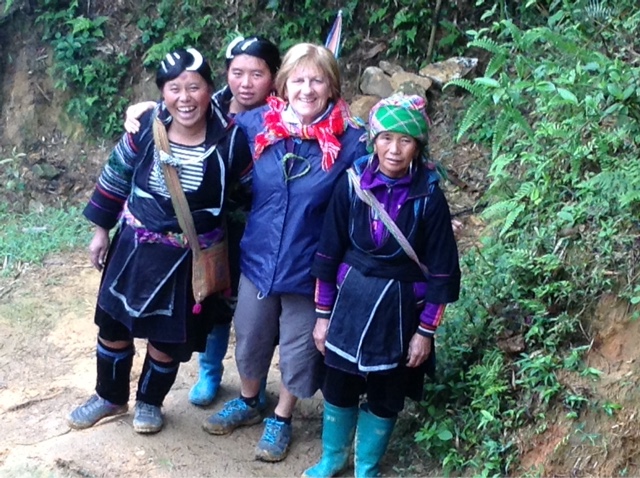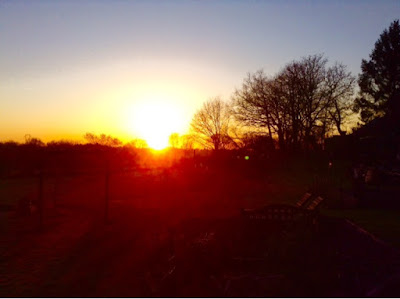The last major part of our Vietnam trip has been a three day trip to Ha Long Bay and CatBa Island with the Real Kangaroo Café in Hanoi. Ha Long means "Dragon Descending" in Vietnamese and the legend (there's always a legend in Vietnam) is that when the country was threatened by an invasion by sea from China a protecting dragon, summoned by the prayers and incantations of the people, came down and spat it's teeth into he sea in the path of the invading fleet and turned them back. The dragon's teeth are still visible in the form of hundreds of rugged tooth-shaped Islands.
The geological explanation is a little less exciting, limestone has over millennia of weathering and earthquakes been pushed up and weathered into the shapes we see today.
Ha Long bay is pretty much a "must-do" part of any trip to Vietnam and we had opted for the three-day tour which includes a night on the boat drifting on the sea in the middle of the islands and a night on the major island of CatBa which has a large National Conservation Park covering much of the island. CatBa is the only place where the golden-headed langur monkey is found, there are only thought to be about sixty left in the wild.
The weather, which had been cool and wet for our visit to SaPa changed dramatically and we enjoyed long sunny spells and fairly clear visibility as we wandered between the islands.
A real highlight of the trip was the food, beautifully created on the boat by the crew. We had abundant fresh seafood (clams, prawns, fish) as well as a host of other dishes and, as usual in Vietnam, fabulous fresh fruit (pineapple, melon, mango, dragon fruit .... the list goes on).
After a swim and climb to a viewpoint we settled in at anchor with a number of other boats for the sunset:
Another memorable dinner ended with an impromptu demonstration from the chef of how to make flowers from vegetables:






























.JPG)



















